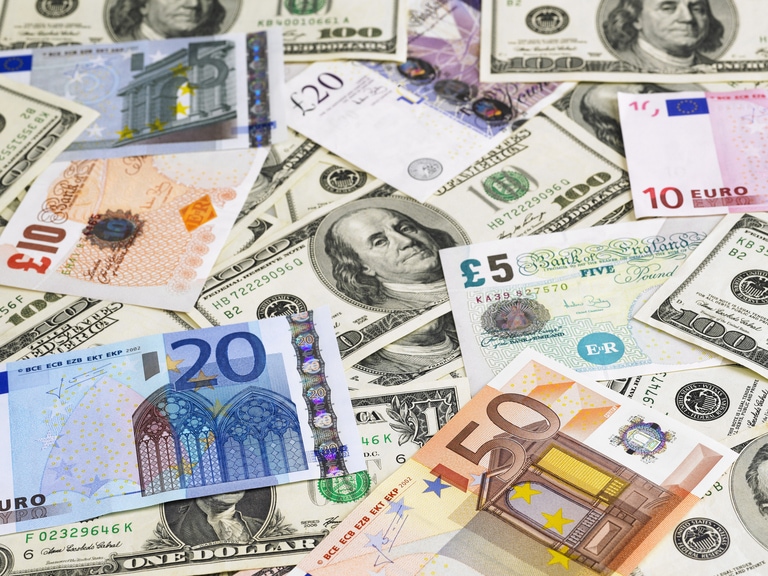Asia markets look set to rise on Tuesday with SPI futures up 0.6%, indicating gains at the open on the S&P/ASX 200, ahead of the first monetary policy meeting of the Reserve Bank of Australia board. The S&P/NZX 50 is 1.0% higher in the first hour of trade.
The RBA is expected to end its quantitative easing program and upgrade its inflation forecasts at Tuesday’s meeting, setting the scene for an interest rate rise as soon as the third quarter, based on economist forecasts.
China is celebrating Lunar New Year holiday this week. Markets there are closed for the five-day event.
US markets
The S&P 500 and Nasdaq ended January with their worst monthly declines since March 2020, although US stocks ended higher on Monday.
The S&P 500 rose 1.9% to 4,515.55, closing out the month down 5.3%, its worst month since a 12.5% loss in March 2020, and its biggest January decline since 2009. The Dow Jones Industrial Average added 406.39 points, or 1.2%, to reach 35,131.86, for a monthly 3.3% loss. The tech-heavy Nasdaq Composite rose 3.4% to 14,239.88, down 8.5% for January, its worst month since December 2018.
Analysts are forecasting a move into defensive stocks, with information technology shares weighing on the market as the US Federal Reserve takes a more hawkish monetary policy stance.
Tesla, however, jumped 11% after Credit Suisse upgraded its recommendation and said the company was looking “attractive” after a downturn in its share price over the past few weeks took it 20% lower for the year.
Spotify was up more than 13% for the day. Analysts expect the music-streaming service operator to post a quarterly loss of $US0.44 a share this week, a year-over-year change of +44.3%. Revenue is expected to be 19% higher from the year-ago quarter.
Earnings this week will come from Alphabet, Amazon, Exxon Mobil, Ford Motor, Meta Platforms, Sony, Spotify and UBS Group.
Commodities
WTI crude oil traded above $US88 a barrel on Monday, remaining close to levels not seen since 2014 and up about 17% for the January month, the strongest since February 2021. Brent crude made its biggest January gain in 30 years, settling above $US91 a barrel, up 17% for the month.
Demand is strong, supply is tight and tension in Eastern Europe and the Middle East has increased concern about supply disruptions. OPEC+ is set to stick with a planned 400,000 barrels per day production increase for March when it meets this week.
Gold prices fell for a fourth straight session to below $US1,790 an ounce on Monday for the biggest monthly drop since September 2021, as the dollar strengthened following hawkish updates from the US Federal Reserve. Gold dropped by more than 2% in January, reversing from a 3.1% gain in December.
The OECD expects global inflation to slow in the coming year or two as central banks raise interest rates and pandemic-related supply disruptions reduce, Secretary General Mathias Cormann said.
However, New Zealand’s government needs to tighten fiscal policy to ease the burden on the central bank as its economy overheats, the OECD said in its Economic Survey of New Zealand 2022.






